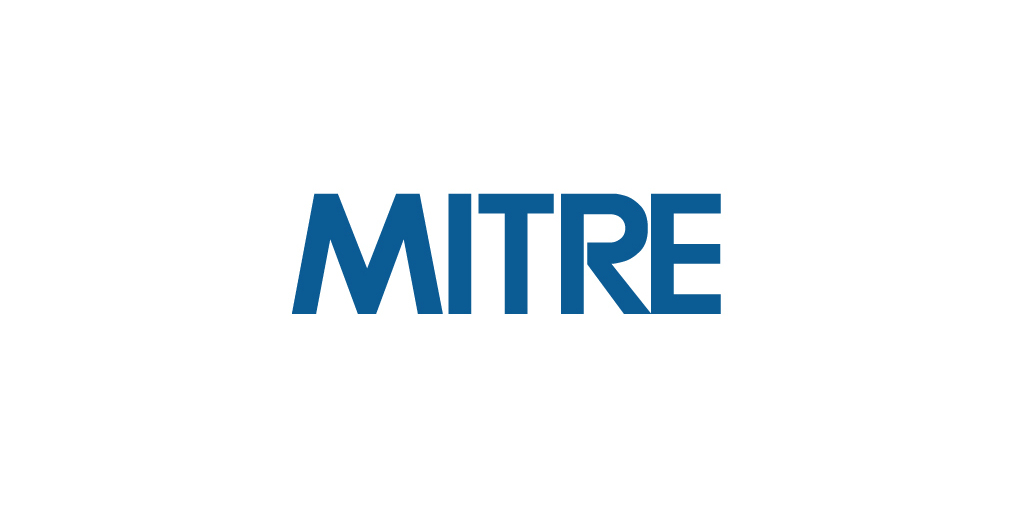Liv McMahon, Joe Tidy & Brandon Drenon
BBC News

 Getty Images
Getty Images
Bitcoin's price reaching a new high of $120,000 (£89,000) - buoyed by US President Donald Trump's crypto-friendly stance - has kept the buzzy world of cryptocurrencies in the spotlight.
But it also contains confusing terms such as ETFs, blockchains and cold wallets, that can make the topic somewhat tricky to navigate.
Worry not.
If you're hearing these for the first time, or simply need a refresher, here are a few key terms and what they mean.
Bitcoin
While many may struggle with the finer points of crypto, pretty much everyone has heard of its most famous product: Bitcoin. But what actually is it?
Bitcoin is a cryptocurrency, which is to say a type of digital currency. Unlike traditional currencies, Bitcoin is not controlled by centralised financial institutions.
This makes it popular for people who think decentralisation can bring financial freedom, but it also makes it extremely volatile with it rising and falling in value at the whim of Bitcoin buyers and sellers.
Donald Trump has pledged to make the US the "crypto capital of the world" - backtracking on his previous claim that Bitcoin was a "scam".
Its price topped a much-awaited threshold of $100,000 in December 2024.
In mid-July 2025, the price rose to $120,000 as US politicians prepared to begin debating bills that would regulate digital assets.
But its price has been known to plummet just as quickly as it spikes.
Blockchain
Blockchain is the technology underpinning all cryptocurrencies, and many related products like non-fungible tokens (NFTs). In essence, it is a virtual spreadsheet on which all the buying and selling of crypto is recorded. They are arranged in blocks linked together in a giant chain - hence the name.
Every cryptocurrency transaction is individually recorded onto the blockchain by a huge network of volunteers verifying its authenticity by using computer programmes.
The incentive to do this for Bitcoin's network is that the first person to validate transactions is rewarded in Bitcoin. This potentially lucrative process, known as mining, is also controversial because of the incredible amount of energy used as people the world over race to be the first to successfully update the blockchain.
Bitcoin 'halving'
The blockchain is sustained by rewarding so-called "miners" - whose job it is to validate transactions - by paying them with the cryptocurrency.
However, unlike some other digital currencies, there is not an infinite supply of Bitcoins. The amount that can be mined is capped at 21 million, and most are already in circulation.
So roughly every four years - or when the Bitcoin blockchain reaches a certain size - the number of bitcoins rewarded to those who successfully validate transactions is cut in half. The most recent Bitcoin "halving" (or "halvening") event took place on 20 April 2024, reducing the reward for miners from 6.25 bitcoins to 3.125.
This ensures Bitcoin's supply is drawn out for longer while demand, in theory, goes up over time. But with fewer rewards for miners, it can also lead some to consider whether it is financially worthwhile for them to continue the costly operation of running their powerful computers.
Are cryptocurrencies the future of money?
Crypto Exchange
A crypto exchange is the digital platform where investors can buy, sell and trade cryptocurrencies.
Similar to traditional investing, a crypto exchange acts as a brokerage where people can transfer traditional money, like pounds or dollars, in exchange for cryptocurrencies like Bitcoin or Ethereum. Most transactions are accompanied by fees.
Crypto Wallet
A crypto wallet is a place where investors hold their cryptocurrency. There are two types, a hot wallet and a cold wallet.
Hot wallets are connected to the internet, and thus more accessible for quick transfers and easy access.
Cold wallets are physical devices like specially designed USB sticks that store crypto offline typically for safer and longer term storage.
Ethereum
Exchange-traded funds (ETFs)
ETFs are portfolios that let investors bet on multiple assets without having to buy any themselves. Traded on stock exchanges like shares, their value depends on how the overall portfolio performs in real time. They can comprise a combination of gold and silver bullion, for example, or a mix of shares in both technology and insurance companies.
A spot Bitcoin ETF buys the cryptocurrency directly, "on the spot", at its current price, throughout the day.
While some ETFs already contained Bitcoin indirectly, the US approved several spot Bitcoin ETFs in January 2024. This allowed new investors, such as investment management firms like Blackrock and Fidelity, to enter the speculative world of Bitcoin without having to worry about digital wallets or navigating crypto exchanges.
Meme coins
Meme coins are a form of cryptocurrency used for fun and speculation.
They are typically created to capitalise on social media trends or viral memes - such as for internet-famous pygmy hippo Moo Deng.
But meme coins are heavily criticised for their speculative nature and the risk involved for investors, as they often have little prospect of accumulating value over time.
They can also be susceptible to "rug pulls" - where promoters of a cryptocurrency draw in buyers to raise the price of their coin, only to stop trading activity and make off with the money raised from sales.
Some celebrities have faced backlash after launching meme coins.
Stablecoins
"Stable" is the key word here - this cryptocurrency differs from others as it is intends to be less volatile in value.
This typically works by the price being linked to an existing asset, for instance currencies like the US dollar or pound sterling, which in theory should make them more stable in price than cryptocurrencies that are not backed by assets.
Stablecoins themselves are usually controlled by companies that provide them, with transactions recorded on digital ledgers. While held up by some as the future of finance, high profile price collapses of stablecoins have alerted regulators to risks for investors and prompted scrutiny over their supposed stability.
XRP
XRP is a cryptocurrency used by a platform called the XRP Ledger. It was created by the co-founders of financial services company Ripple Labs in 2012 as a cheaper, faster alternative to Bitcoin.
The cryptocurrency has a fixed supply of 100 billion coins, which were created when it launched. Much of it is held by Ripple and periodically released into circulation.
Unlike cryptocurrencies such as Bitcoin, transactions made using XRP are verified through consensus - whereby the majority of validators on its peer-to-peer network must agree whether or not a transaction is valid before it is added to its blockchain.
This has been credited with allowing many transactions to take place simultaneously, at high speed and low cost - making it appealing to financial institutions or for processes like cross-border payments. But as with other cryptocurrencies, XRP has received regulatory scrutiny and seen sudden, sharp declines in value.











 English (US) ·
English (US) ·